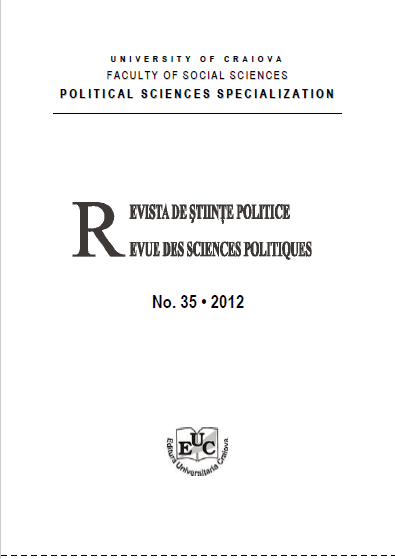Influences of the transition period on administrative-territorial organization of Romania
Influences of the transition period on administrative-territorial organization of Romania
Author(s): Florentina-Janina MITOIUSubject(s): Public Administration, Political history, Transformation Period (1990 - 2010)
Published by: Editura Universitaria Craiova
Keywords: territory; administration; Romania; organization; regions;
Summary/Abstract: Territory is an important criteria in the definition and operation of a state. The state does not exist outside and does not work well with an underdeveloped area. Administrative division of the state interests equally, as both state power and local communities, there by taking a load of social and political importance. State seeks primarily to the administrative-territorial structures that create them can more easily manage and govern society. This was exacerbated during the communist era when power was concentrated in the hands of one person (dictator) and the company subject to one-party doctrine. It is a truth with axiomatic value that in a state can’t exist only central government agencies. This is relevant when talking about democratic states because the communist experience has shown us otherwise. Although public administration included both central bodies that watch over the general interest, that interest is merged with the Communist Party, were listed various organs of local administration, however, the authority of the central competency were enslaved. State control and manipulate the entire administrative apparatus.
Journal: Revista de Științe Politice. Revue des Sciences Politiques
- Issue Year: 2012
- Issue No: 35
- Page Range: 184-191
- Page Count: 8
- Language: English

